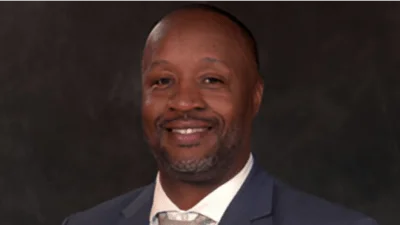School districts that get extra money to help deal with high dropout rates also need to be held accountable should a high school student drop out again after being re-enrolled, Sen. Dave Syverson (R-Rockford) said on Tuesday during debate on Senate Bill 446.
The bill as written would double foundation-level funding for districts experiencing twice the number of dropouts than the rest of the state. It does not stipulate the length of time a student must stay enrolled after going back to school and has no provisions for the state to recoup funds if a student drops out again.
“The problem is the dropout (students)," Syverson said. "If they get them back into the classroom for just a day or a couple days, and they drop back out again, I don’t know if that would help the students. Would it make sense to at least have some language in there that says that a person would have to re-enroll back into the school and graduate or finish the year out as opposed to just serving one day back in the classroom?”
Bill sponsor Sen. Kimberly Lightford (D-Maywood) acknowledged that it has no such provisions but added that the funds would go directly toward helping the individual student; if the student drops out again, the funds would be taken back.
The current foundation-level funding per pupil is $6,119; the bill would increase it to more than $12,000.
Syverson said he still believed additional safeguards were called for.
“Do you think it would make sense to at least have some guidelines in here to avoid the issue of someone coming back to school for just one day, and how that would be recorded?” Syverson asked. “If they did drop out again before the school year is over, would there be the ability for the state to claw that money back, because obviously the student didn’t finish the year and that was the intent of that? So, is there a way we could put language in there that says we could claw that money back if the student doesn’t finish that year in the classroom?”
Lightford said she would consider putting those recommendations into the bill after Senate approval. The House sponsor would add Syverson’s suggestions and the bill would go back to the Senate for concurrence, she said.
SB446 passed 32-20.





 Alerts Sign-up
Alerts Sign-up